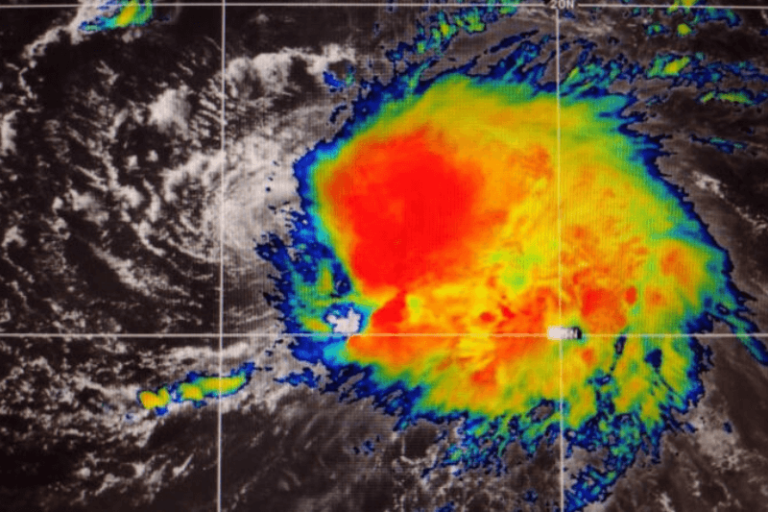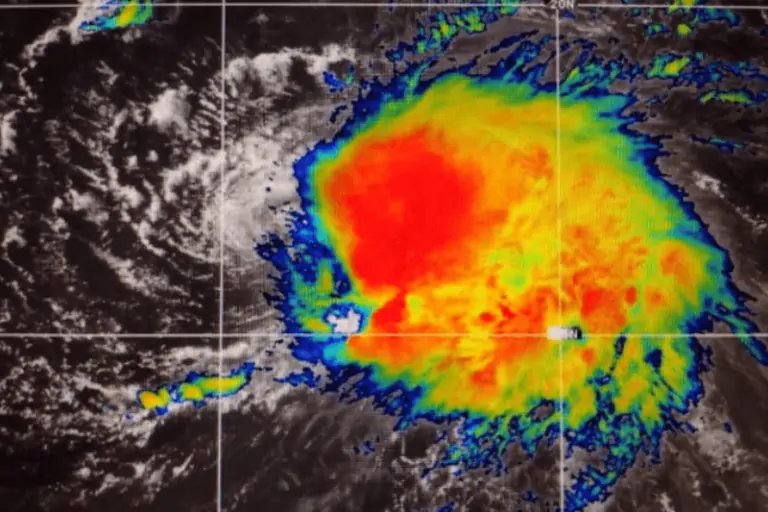

ai driven weather
Climate change is making extreme weather events causing floods, droughs, and wildfires more common and severe, so influencing nations all around. Particularly the Horn of Africa is prone to strong rain, which causes terrible localized flooding, loss of livelihoods, and even deaths.
In order to solve this, researchers are using artificial intelligence (AI) to forecast severe storms in the area—a technique that might be absolutely vital in saving lives as climate change gets stronger. Working with physicists from the University of Oxford’s physics department, the United Nations World Food Program is developing a dependable artificial intelligence weather forecasting system utilizing machine learning.
Oxford climate scientist Shruti Nath notes, “So it’s a hybrid approach where we have artificial intelligence to then fill in the gaps where the physical models lack knowledge or representation because it’s too complex.” “They can then depict these intricate processes in a data-driven manner to help us most effectively project the actual observed reality.”
The artificial intelligence system forecasts and detects approaching extreme weather by using satellite data of cloud banks and the temperatures at cloud top. “For the artificial intelligence, there is the component with prediction. Predictably, though, it must first be trained. And we learn using past observational data. Thus, Nath says, the weather forecasts constitute the input for our artificial intelligence gadget.
Based on modern satellite observations and station data, the system trains to match these weather forecasts to the observed reality. Like any artificial intelligence models, it is always learning; the algorithm penalizes erroneous forecasts and rewards accurate ones. “The model will learn more and more as the training period goes on; it is rewarded for producing correct predictions that fit actual observable reality. Should it fail in this regard, it is punished.” Nath says.
Supercomputers are utilized for weather forecasts in nations such as the United Kingdom. But these computers are unaffordable for underdeveloped countries because of their great cost as well as the data collecting stations and radar banks they feed. But the University of Oxford‘s AI forecasting code can run from a laptop.
“So once it’s trained, you can just run it on your laptop to generate 50 predictions of all the possibilities of what the future weather is going to look like,” adds Nath.
Because of its changing character and dearth of weather stations tracking and compiling data, Horn of Africa’s meteorology is famously challenging. Plans call for the pilot program to be expanded across a larger area; it is now run in Ethiopia and Kenya. Should it prove effective, it might be implemented elsewhere where climate change-driven severe storms ruin lives.
Those in risk can be cautioned with text messages, emails, even radio and television broadcasts using a 48-hour notice from the AI weather forecast.
The Somali president supports their military forces to eliminate the threats from Al-Shabaab, ISIS, and Al-Qaeda. The Somali National Army…
UAE President Sheikh Mohamed bin Zayed Al Nahyan held talks with President Faustin Archange Touadéra of the Central African Republic…
African football teams struggle intensely in the World Cup Qualification rounds to earn their place on the international football stage.…
The journey toward the 2026 FIFA World Cup is rapidly intensifying for all African teams, who now hold a historical…
The cricket authority in Zimbabwe will organize matches between top international teams in a major cricket event expected to succeed…
In 2025 the South African Social Security Agency (SASSA) announced its designated dates for social grant payments that benefits millions…
This website uses cookies.